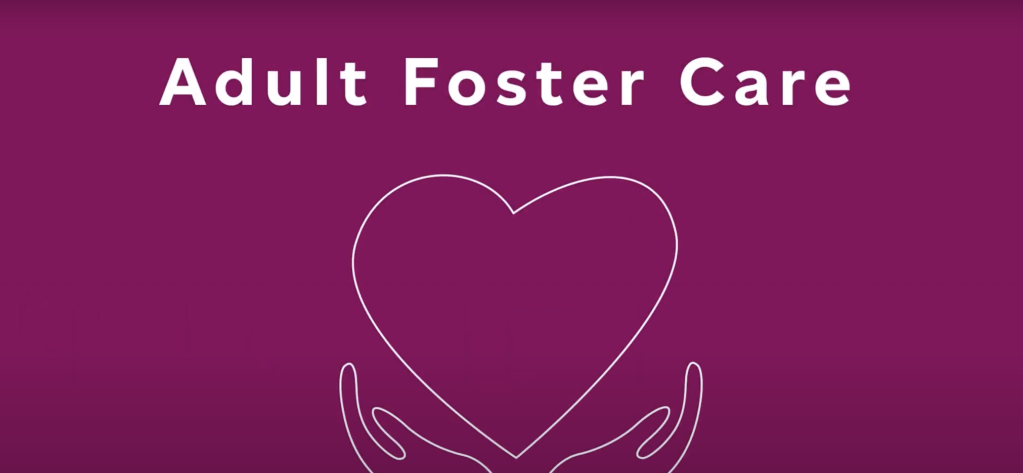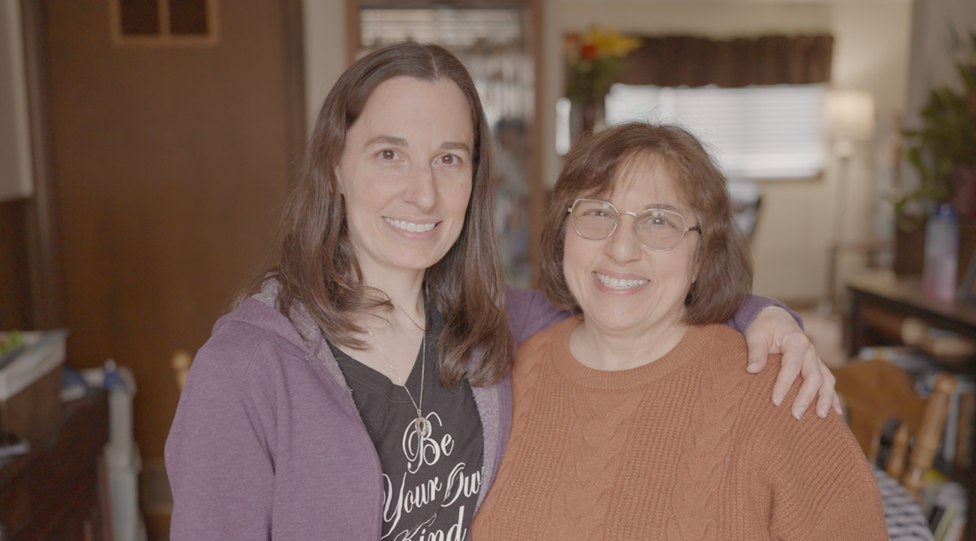
Developing, Testing, and Improving Technology Access for Family Caregivers
Software technology has become an important driver of change in every industry, and healthcare is no exception. Modern software can be found in everything from diagnostic and treatment solutions to patient/member-facing technologies that aid in the coordination and delivery of care. When the world turned remote in 2020, the criticality of these later innovations became more visible and more critical than ever.
Patients today can access their health care records, pay their bills, schedule appointments, fill prescriptions, and even communicate and collaborate with their care teams online using portals, telehealth solutions, and special-purpose applications from their desktops, laptops and phones. The pace of change has never been brisker than it is today — and the promises of innovation have never been more exciting and relevant.
When it comes to supporting family caregivers — whether it be to facilitate collaboration between family members and their care teams, to educate and support difficult caregiving journeys, or to simply help caregivers navigate to the resources they need to do the hard work of caregiving in balance with their busy lives — there is so much more that we can do.
To explore these topics, Seniorlink recently sponsored a report titled A Framework for Integrating Family Caregivers into the Health Care Team by RAND Health. The report identifies barriers to effective family caregiver integration and provides a roadmap for overcoming these barriers. Seniorlink leaders have commented on the state of the family caregiver in the U.S., clearing critical barriers to integrating caregivers into their care teams, handling competing demands, and encouraging family caregivers to identify as family caregivers.
In this post we’ll discuss important findings from the initial Rand report, including the prominent roadblocks to family caregiver integration and policy solutions identified by RAND to reduce and eliminate these obstacles. Along the way, we’ll touch on the importance of technology solutions in supporting family caregivers and facilitating effective communication and collaboration to achieve better family caregiver integration.
The Role of Technology in Family Caregiver Integration
Technology can play a vital role in the advancement of strategies that better integrate family caregivers in the circle of care surrounding a patient. Particularly today, during the COVID-19 pandemic — when access to information can be difficult, and isolation can lead to doubt and feelings of helplessness, software technologies that bind the caregiver to their care team can feel like a lifeline. When face-to-face visits have become hard or impossible, technologies that connect people in these ways can help caregivers avoid feelings of frustration and overwhelming helplessness.
At Seniorlink we’ve developed a care collaboration tool called Vela specifically to address these challenges. Vela is a simple HIPAA-secure app that allows family caregivers to communicate via text and audio, store and share documents, coordinate calendars, and receive alerts. These simple-to-use ingredients support sophisticated care workflows that range from caregiver education to coordination of care, all from the caregiver’s computer or the phone in their pocket.
Simple presence on the caregiver’s phone coupled with easy-to-use and familiar tools means that information can be shared with and obtained from family caregivers who might not otherwise have access to the information they need to provide care. Information is too often locked up in Electronic Health Records systems (EHR), Case Management Systems, and other islands of information to which caregivers simply do not have access.
Perhaps more importantly, collaboration is all about sharing the right information at the right moment to solve a problem or raise awareness — so the use of collaboration (as opposed to integration) means family caregivers gain access to their loved one’s health information when they need it, and at a time when sharing can have maximum impact. EHRs were designed for providers, not for members, and interoperability has always been a challenge in the industry. Using collaboration technology as a way of sharing without the need to integrate can turn a technical challenge into a practical solution with positive impacts.
Technology Solutions Can Make Identifying Family Caregivers Easier for Providers
Patient record systems are just that: Systems oriented around the patient, their care, and their history. Too often these systems lack information about the family caregiver, even when that person can be the most reliable path to the patient and their care. Technologies like Vela can help to fill that gap by providing a reservoir of information about the patient’s family care team. Information as simple as names, relationships, home life and situation, and contact information can be vital to the continuity of care.
Systems like Vela can provide a channel directly into a patient’s home. Coupled with contact information, tools for assessing the state of the home (questionnaires or incident alerts, for instance), and coordination tools, Vela can extend the reach of provider information systems beyond a simple record, and directly into the life of their patient. EHRs provide the “horizontal” record over time, and Vela provides the “vertical” reach into the home.
Supporting Family Caregivers Through Technology Solutions
Technology is the simplest and easiest way to communicate and share information today, and the right technology solutions could allow family caregivers to communicate with health care providers at their convenience through texting or asynchronous messaging.
Leveraging technologies that caregivers are already using and adding features to support caregiving needs eliminates the need for family caregivers to learn to use a new technology. Increasing the use of telemedicine and virtual clinics could allow family caregivers and formal care team members to share information securely. Some home care agencies ask professional caregivers, such as home health aides and direct care workers, to create daily electronic reports about their patients, allowing for closer monitoring of health changes so clinicians can implement appropriate interventions when necessary. The same concept could be used to enable family caregivers to report on their family member’s health status.
Technology solutions streamline communication between all members of the health care team, from family caregivers to clinicians. The right technology solutions also can address the issue of time constraints and competing demands faced by family caregivers and clinicians.
RAND Corporation’s research lays out a roadmap for overcoming the common barriers to family caregiver integration, including technology and other policies that address challenges faced by family caregivers and health care providers.
More insights like this:
-

7 Immune System Booster Tips for Seniors
Read more: 7 Immune System Booster Tips for SeniorsThe immune system is the body’s first line of defense against viruses and infections, but the aging process can weaken the immune system. Throughout the COVID-19 pandemic, this became an increased concern for the caregivers of older or immunocompromised adults, as the risk of more severe symptoms and outcomes was much higher in these…
-

Massachusetts Adult Foster Care Eligibility Defined
Read more: Massachusetts Adult Foster Care Eligibility DefinedFor family caregivers, it’s crucial to create a community of support and utilize all the programs and resources available to you to improve your caregiver experience. In Massachusetts, the Adult Foster Care Program can be an excellent source of support, but eligibility can sometimes be overwhelming to navigate on your own. “The Massachusetts Adult Foster…
